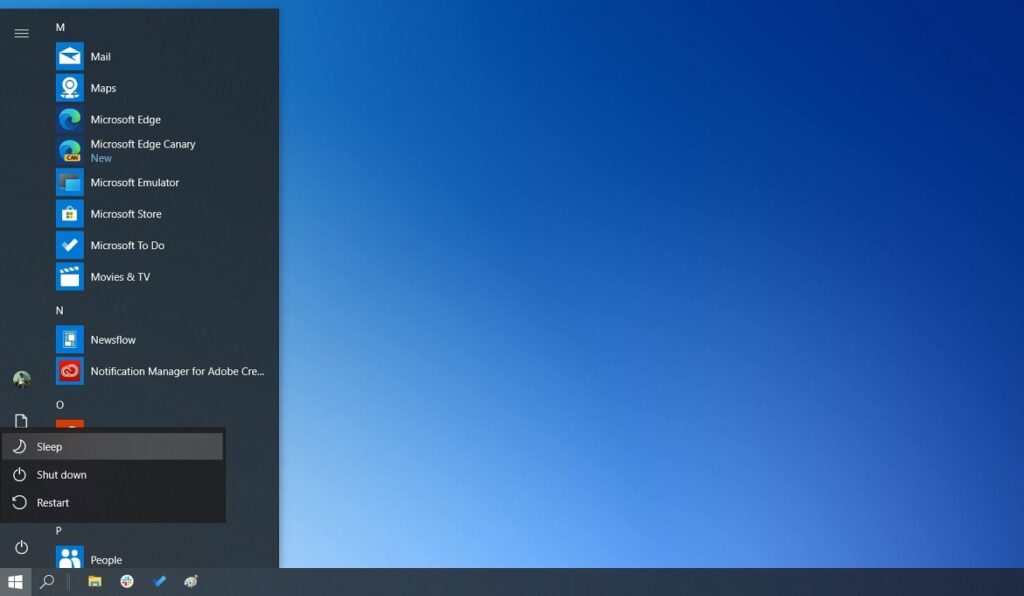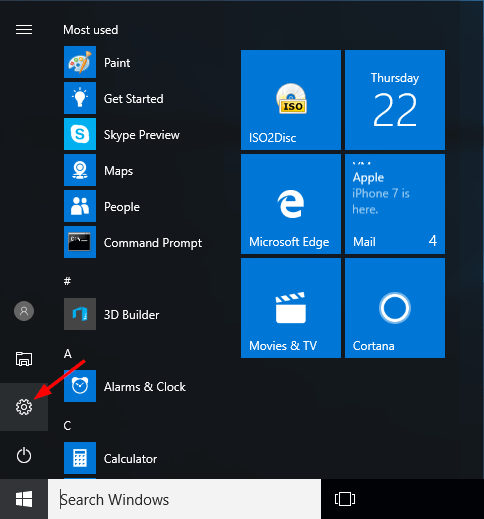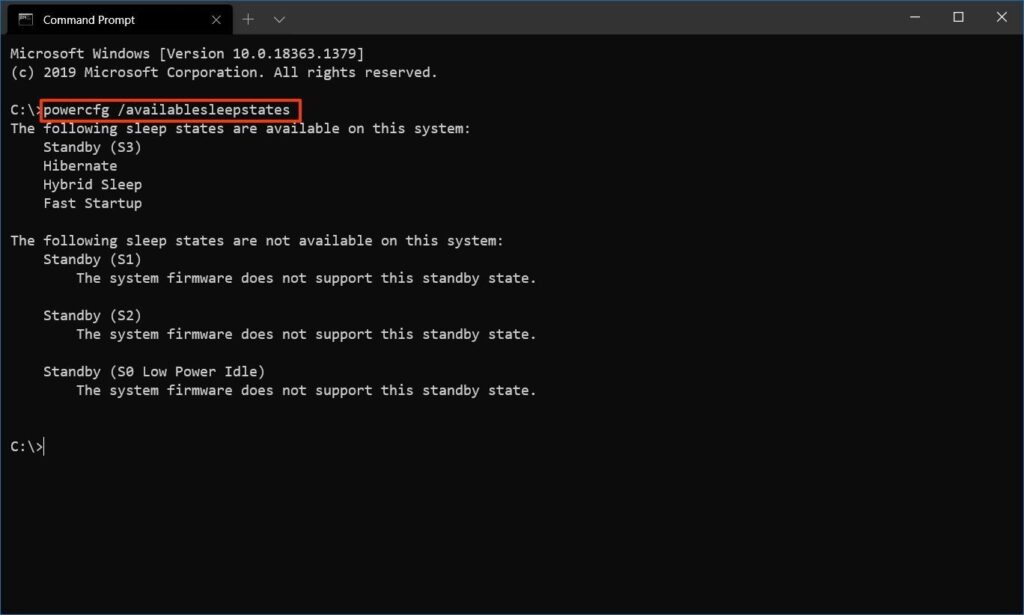Windows 10 operating system is a very powerful and intuitive OS. you will find many cool and powerful features, using which you can control your computer efficiently. It is by far one of the most advanced OS out there. You can find many options and controls to make your computer a powerful machine with high-performing capabilities. The OS is very versatile and will allow you to customize the settings to make working easier and efficient.
One such notable feature Windows 10 packs in are the power sleep modes. There are a total of 7 power sleep modes available in the OS, but you may find only a few to be working on your PC as it depends on the hardware of your computer. you can view the sleeping modes using a simple command through the command prompt.

ACPI ( advanced configuration and power interface) is the one that controls the power sleep modes in the computer, it is built in to provide power management features to the OS that is running the machine. The ACPI is built into the BIOS of the computer so that the OS can efficiently control all the hardware components to manage power efficiently. The ACPI controls all the power-related settings and provides the different management options to be used by the OS at different times.
All these said you need to know about all the power sleep modes supported on Windows 10 to better understand their functioning. With this understanding, you can make use of the sleep modes effectively to manage power.
Recommended Post:- Easy Way to Permanently Disable Microsoft Defender Antivirus on Windows 10
List of Power Sleep Stated your PC can Support
- Standby (S3)
- Standby (S2)
- Standby (S1)
- Standby (S0 Low Power Idle)
- Hibernate.
- Hybrid sleep.
- Fast start-up.
These are the list of Power Sleep state your PC can support and the exact states your PC supports depends on the hardware of your computer.
All these power states function differently to provide your computer with the perfect power state to function properly. Different computers will support different combinations of power sleep states. You can find your power sleep state by using the simple command in the command prompt, which you will learn in the latter part of this article.
Each power state has its own features and functions to provide the necessary power modes to the computer. They are optimized to provide a good power management feature to make the functioning of the computer smooth and also save power.
Sleep State (S1, S2, S3):
In this state, the computer will run most f the background processes to make the computer ready for the user to use at any time. The RAM is still powered and stores the data intact. Once you need to resume from this state, you can access all the files and processes you left behind as it is, as the RAM was active the whole time and stored the information intact.

Low Power Idle (S0):
It’s a state of sleep where the computer is active part and the processes are not totally stopped from running.
Hibernate Power State
In this state. The computer goes to sleep or a temporary shut-down state, the files on the memory will be stored in a temporary hard-drive location and can be accessed when the user intends to use the computer again. All the processes are intact and can be resumed without any delay.
Mechanical Power-off
It’s the state in which the computer is totally powered-down and the volatile memory is cleared.
Working Power State
It’s the state of the computer, where the computer is switched on and is in a working state. All the hardware is active and the user can work on the computer..
How to Find Out Which Sleep States Your PC Supports on Windows 10
The process is quite simple, you just need to summon the command prompt and run a simple command to make the command prompt spit out the supported power sleep states of your computer.
- Open up the command prompt by searching for cmd in the search panel on the taskbar.
- Once the command prompt is open, enter this code “powercfg /availablesleepstates” in the command prompt and hit enter.
- The command prompt will display the list of supported power sleep states on your Windows 10 computer.
You can better understand the sleep states of your computer by running this simple command in the command prompt.

The list on the command prompt will match with the list mentioned here but may lack some of the Power sleep states mentioned here as the power sleep states of the computer is decides by the hardware and there is nothing to worry about the list that is displayed in the command prompt, the computer knows better when it comes to power management as to what sleep states to use and what not to include in the BIOS.
Hope you came to know about all the power sleep states supported by the computer and was able to identify the ones your computer uses. You can now efficiently manage the power of your computer and use the power sleep states to a good extent. Your computer manages to provide you with the best and has the best combinations of power sleep modes to suit your hardware requirements. The power states can manipulate the hardware to consume less power and manage the power for you. You just need to maintain a constant power source as to not damage any hardware component and let the power management to the ACPI.







